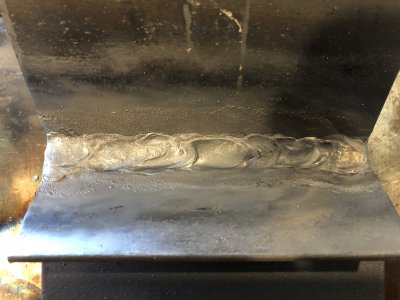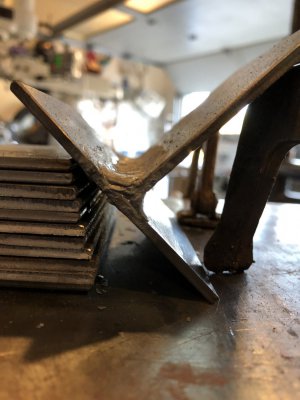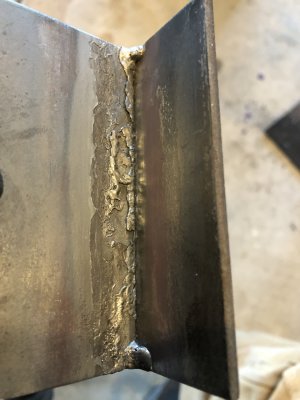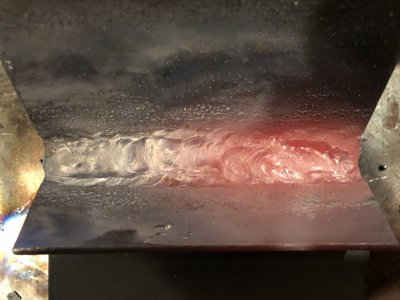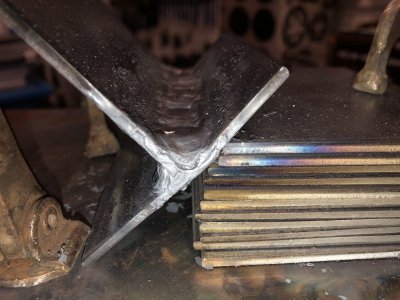- Joined
- Sep 8, 2019
- Messages
- 4,392
Bright and shiny metal? We very seldom see that on the farm. One place that acetylene welding is still required is aircraft frames of chrome Molly tubing. Heavy plate is so much easier to do with stock arc.
I can understand the lack of bright shiny metal on a farm.
I did not know that that type of aircraft welding required oxyacetylene, but I can definitely understand why that would be the case.
I am with ya on the arc welding for heavy plate!

